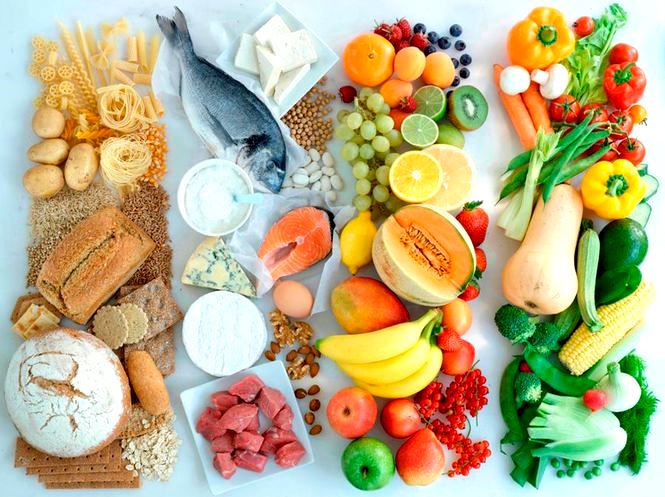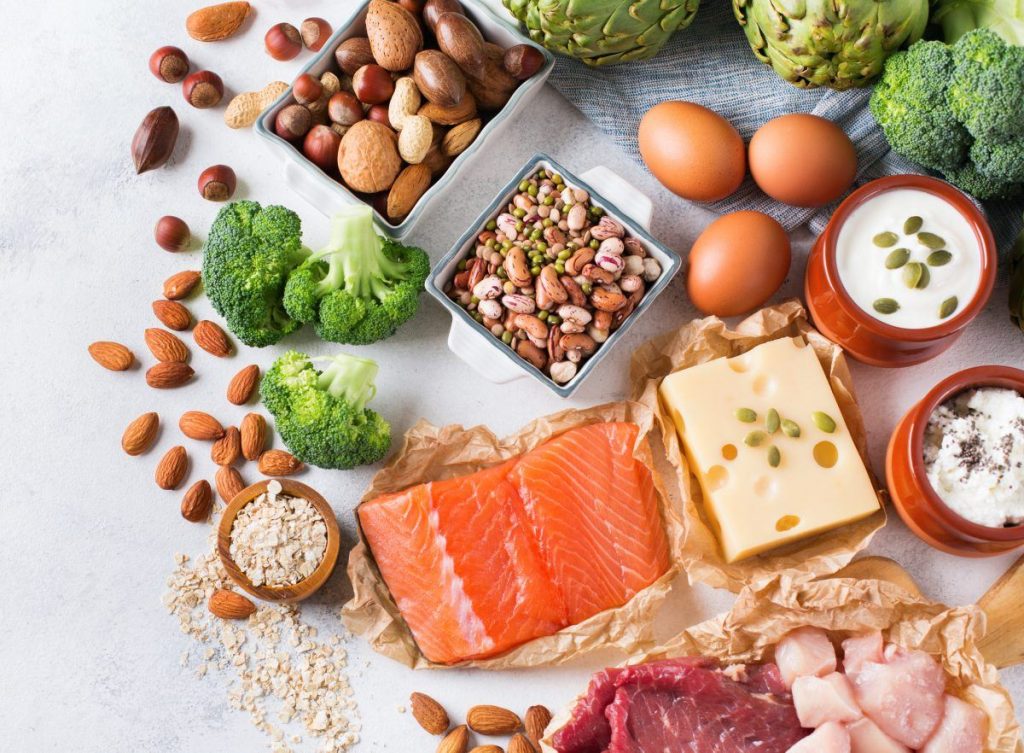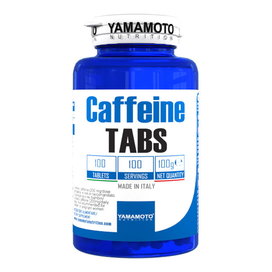Diet with sport
In sports, the particular characteristics of each sport discipline make nutrition different, therefore, to carry out correct nutritional planning we must know the sport and follow a diet that will allow you to do sports at the same time:
- Your training systems: methodology, physiology, sports planning, (macro-, meso-, microcycles).
- Necessary skills: technical-tactical, physical, psychological, strength, endurance, etc.
- Rules and competition systems: require speed, coordination, artistic expression, etc.
After that, we must personalize the diet in relation to the needs and preferences of the athlete. To this end, from a nutritional point of view, sports diets can be classified into habitual diet (diet consumed during the training period), pre-competition diet (diet of the day or days before competition), competition diet (diet to consume the day of the test), post-competition diet (also known as recovery diet), maintenance diet (diet for periods of inactivity) and contingency diet (diet for special situations, such as injuries.

Usual diet (training + recovery)
Adjusted to the day to day of the athlete. Carbohydrates 60%, protein 15% and fat 30% (levels for the normal population). The intake of vitamins (antioxidants) and minerals (calcium and iron) must be considered, as well as hydration and supplementation.
Pre-competition diet
Modulate nutritional refinement, glycogen reserves (overload), hyperprotein, etc.
Diet competition (day / s of the test / s)
Isotonic drink, water, tampons, caffeine, food rich in carbohydrates. Food during the test (isotonic drinks, fruit, bars, gels).
Post-competition / recovery diet
Immediately at the end of the test and with a view to subsequent tests if any, it is necessary to replace the high glycemic index carbohydrates. Food rich in carbohydrates, moderate in protein and low in fat. Special attention must be paid to the loss of muscle mass during very prolonged efforts that favor protein catabolism and exercise-induced anemia, with women being a population at risk. It’s also important to replenish glycogen stores by eating high-glycemic foods.
Maintenance / relaxation diet (inactivity)
It should be applied during rest periods and it can be a balanced diet or slightly rich in carbohydrates, but always adequate for the athlete’s spending. There is a slight reduction in carbohydrates.
Diet of contingencies (special situations)
It takes into account particular situations of specific sports such as altitude training, sports in weight categories, overloads in stage events, etc. In this case, more carbohydrates would be added to the diet. On the other hand, in cases of injuries, the diet must be adapted to the period of inactivity, monitoring calcium intake and minimizing carbohydrates.
Sports of anarobic power and explosive force: are generally characterized by having diets rich in protein, which even double the recommended intakes for the normal population. The increase in protein is made at the expense of fats, in which the correct presence of unsaturated (essential) must be monitored. 60% carbohydrates, 18% protein (2.5-3g / Kg / d), 22% fat. Sports types: athletics (throwing), 100m run, alpine skiing, rowing, canoeing, wrestling (judo, karate, boxing, taekwondo), decathlon, sailing, waterskiing, windsurfing, weightlifting, bodybuilding (at certain times of the season)

Aerobic resistance sports: give preference to the consumption of carbohydrates. In these cases the proteins can be slightly increased and the fats slightly reduced, paying special attention to maintaining the correct contributions of unsaturated ones. In this sense, it is especially relevant to take into account the glycemic index of carbohydrates, in such a way that a low-medium glycemic index is recommended during exercise. Here come gels, cereal bars, isotonic drinks.
The idea is not to cause an insulin spike that could trigger sudden hypoglycemia, in addition to hydrating, as is the case with isotonic drinks. 60% carbohydrates, 14% protein (1.5-2g / Kg / d)., 26% fat). Sports types: cycling, track and field (cross-country), marathon, cross-country skiing, walking, cross-country swimming, spinning.
Speed sports: 60% carbohydrates, 15% protein (2g / Kg / d), 25% fat. Types of sports: athletics (jumping, half distance, speed), motor (motorsport, motorcycling), fencing, figure skating, swimming (speed, semi distance) rugby, handball, soccer, basketball. There are possibilities of combination with the strength diet.
Flexibility-agility sports: 65% carbohydrates, 12% protein (1.2-1.5g / Kg / d), 23% fat. Types of sports: rhythmic gymnastics, dance.
The athlete must work with the coach, physical trainer, nutritionist and technical team with the idea of adapting the diet to each particular moment of the season, taking into account their level of performance, their ability to recover and the possibility of injury . Additionally, several types of supplements can be included to help recovery or to improve performance, for example: glutamine, protein, amino acids, caffeine.




